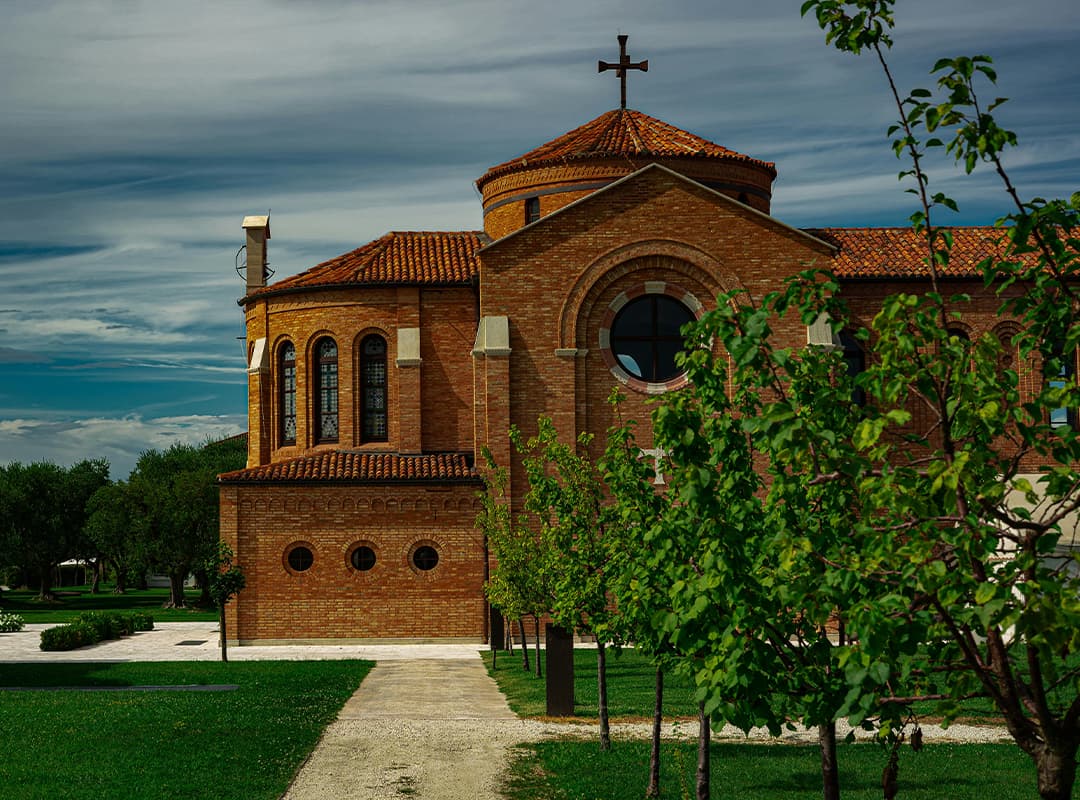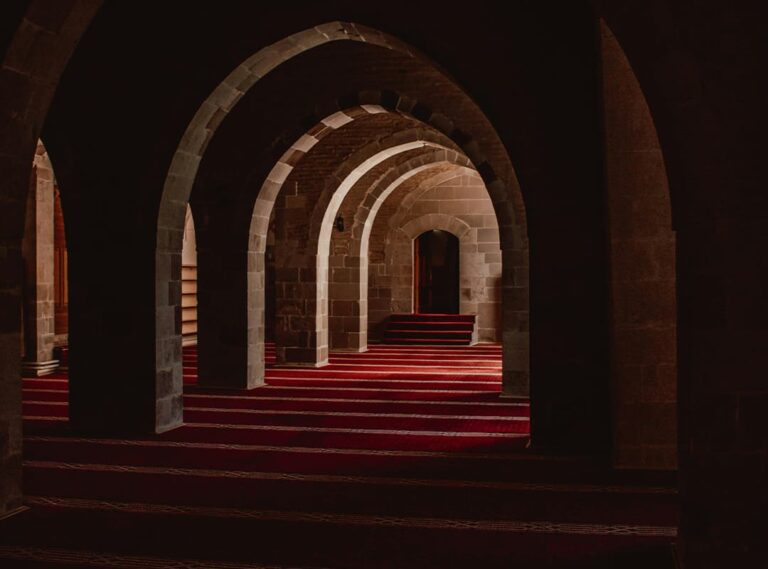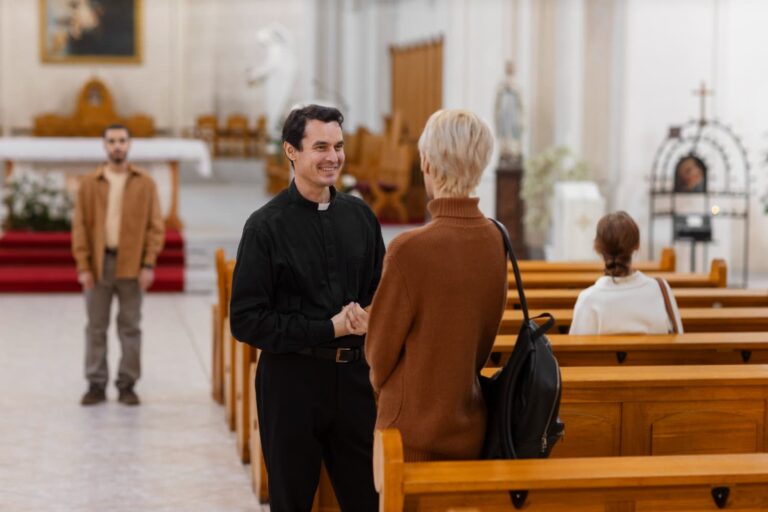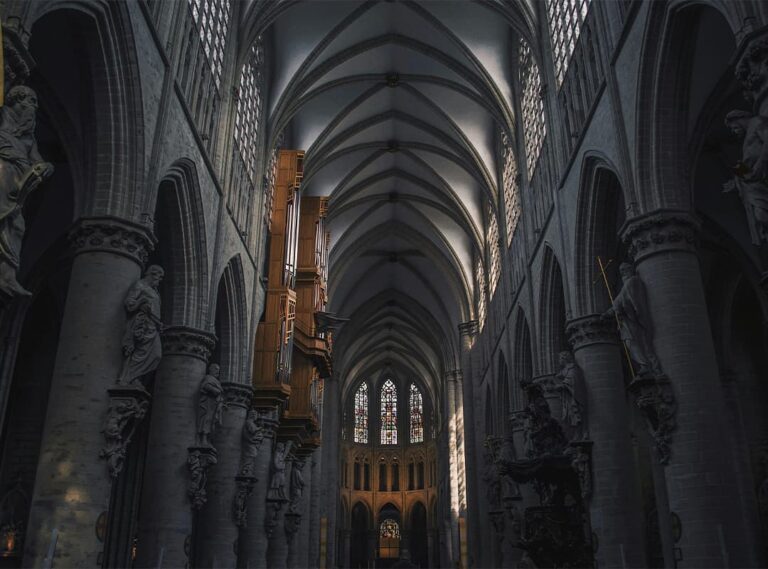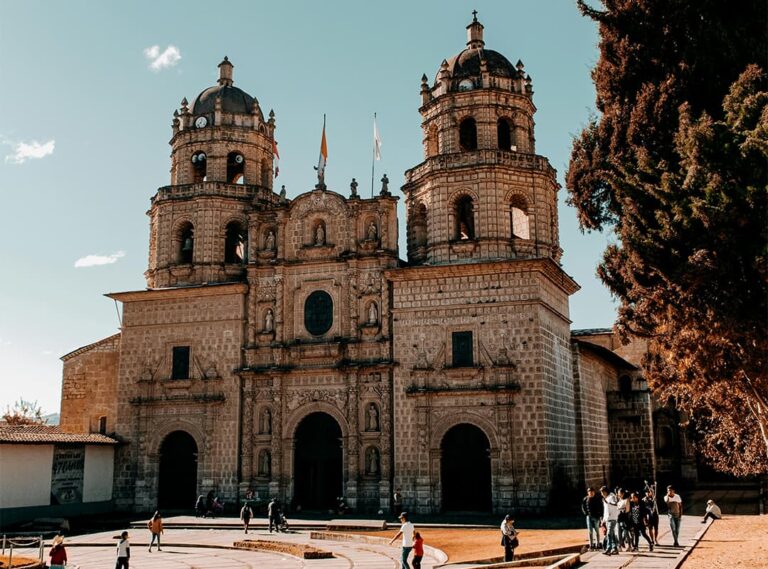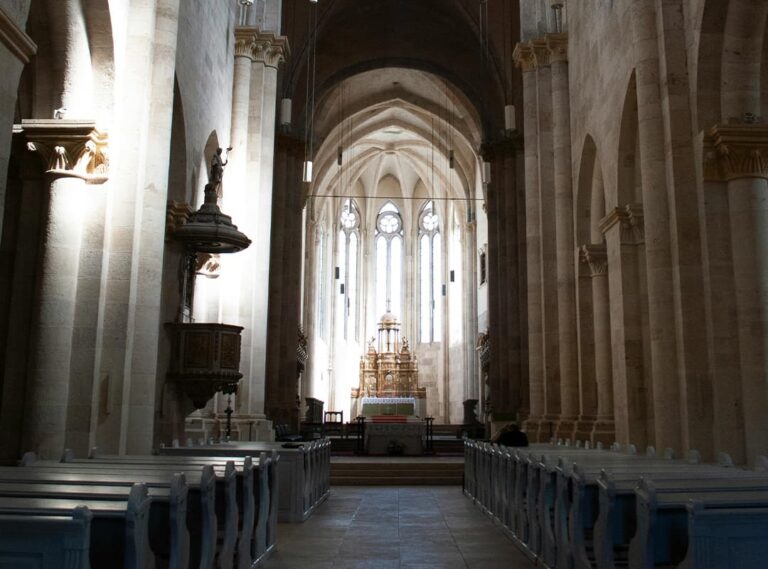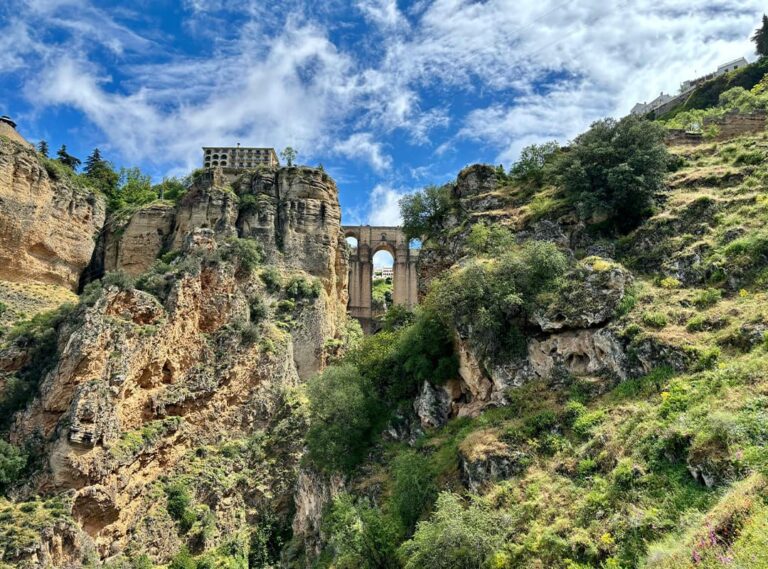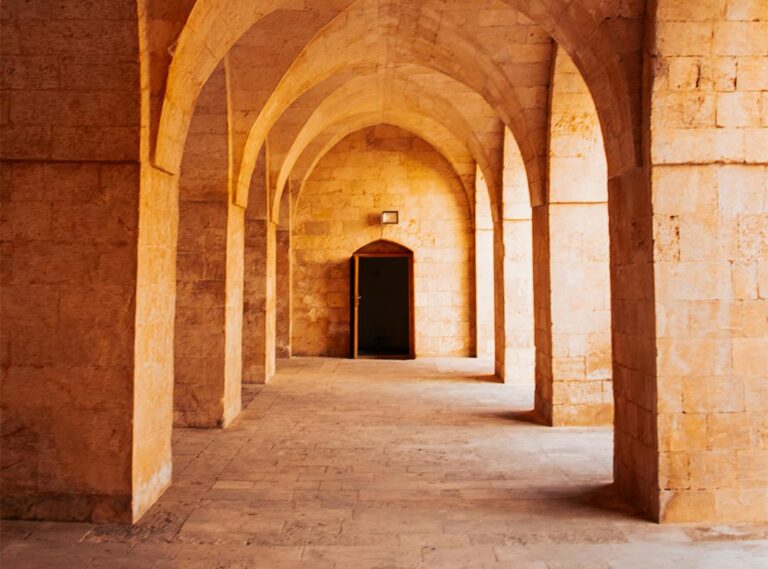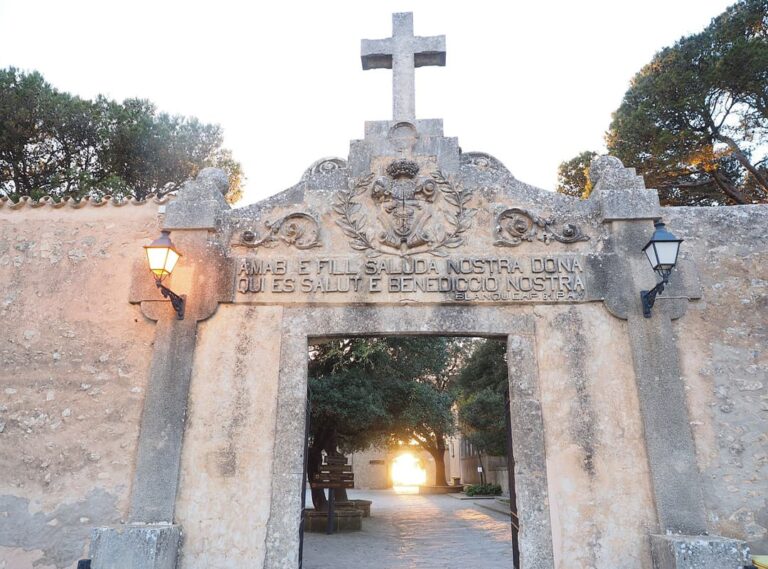Franciscan monasteries, originally founded for spiritual contemplation and communal living, have evolved into significant cultural and tourist destinations. These sacred spaces, established by the Franciscan Order, embody a unique blend of spiritual heritage and artistic expression. Over the centuries, they have become more than places of worship; they are now celebrated for their historical value, architectural beauty, and cultural contributions. This article explores how Franciscan monasteries have transformed into cultural and tourist centers, with a special focus on how these institutions, like the sacred heart Eureka mo, serve as vibrant centers of engagement for visitors and locals alike.
Historical and Architectural Significance
Franciscan monasteries are renowned for their historical and architectural significance. Built with a commitment to simplicity and harmony, these structures often feature a blend of Gothic, Romanesque, and Renaissance architectural styles. The design of these monasteries reflects the Franciscan values of humility and community, with their serene cloisters, majestic churches, and meticulously maintained gardens creating a peaceful environment. This architectural beauty not only serves as a testament to the Franciscan heritage but also attracts visitors interested in exploring historical and religious architecture.
Cultural Contributions
Franciscan monasteries have long been centers of cultural activity. Throughout history, they have played a pivotal role in preserving and promoting art, music, and literature. Many monasteries house significant collections of manuscripts, artworks, and historical artifacts, offering a glimpse into the rich cultural and spiritual life of the Franciscan community. The integration of art and spirituality in these settings reflects the Franciscan commitment to beauty and reverence, making them key players in the cultural preservation of their regions.
In addition to their historical collections, Franciscan monasteries often host cultural events such as art exhibitions, musical performances, and lectures. These events provide a platform for the public to engage with the arts and deepen their understanding of Franciscan spirituality. Through these activities, monasteries foster a cultural dialogue that bridges the past and present, offering insights into both historical and contemporary artistic expressions.
Tourist Attractions
As tourist destinations, Franciscan monasteries offer a unique blend of spiritual enrichment and cultural exploration. Visitors are drawn to these sites not only for their historical and architectural significance but also for their tranquil and reflective atmosphere. Many monasteries provide guided tours, educational programs, and interactive exhibits that allow visitors to explore the history and significance of the Franciscan Order.
One example of such a cultural and tourist center is the sacred heart eureka mo. This monastery exemplifies how Franciscan institutions have adapted to serve modern audiences while maintaining their traditional values. Sacred Heart, like many other Franciscan sites, invites visitors to experience its serene environment, explore its historical and spiritual heritage, and participate in community events. This approach helps to bridge the gap between past and present, offering a space where spiritual reflection and cultural engagement go hand in hand.
Spiritual and Community Engagement
Franciscan monasteries also play a crucial role in community engagement and spiritual renewal. They often serve as retreat centers where individuals and groups can seek respite from the demands of daily life. The peaceful setting and spiritual guidance offered at these monasteries provide an opportunity for personal reflection and growth. In addition, many monasteries are involved in social outreach and community service, further enhancing their role as centers of positive social impact.
By offering retreats, workshops, and volunteer opportunities, Franciscan monasteries engage with local communities and visitors in meaningful ways. This involvement helps to strengthen the connection between the monastery and its surrounding area, fostering a sense of shared purpose and commitment to service.
Franciscan monasteries, with their rich history, architectural splendor, and cultural contributions, have emerged as important cultural and tourist centers. Their ability to blend spiritual traditions with cultural and community engagement makes them unique destinations that attract visitors from around the world. The Sacred Heart Monastery in Eureka, MO, serves as a prime example of how these institutions continue to thrive as places of spiritual and cultural significance. By offering opportunities for reflection, exploration, and engagement, Franciscan monasteries enrich the lives of those who visit and contribute to the preservation and appreciation of their rich heritage.
